When Hulu first launched its Live TV service back in 2017, cord-cutters were celebrating what seemed like the answer to expensive cable bills. At just $39.99 a month, it felt like streaming had finally cracked the code on affordable live television. Fast forward to today, and that same service will now cost you $89.99 monthly — a reality check that has many wondering if we simply traded one expensive TV habit for another.
Here is the twist. New subscribers can still lock in a promotional rate of $64.99 for three months. That kind of discount hints at real market pressure, and it signals a pivot toward competing on acquisition costs instead of steady, sustainable pricing. In short, it says a lot about 2025, and what people will actually pay for convenience.
The price climb: How we got to $90 monthly
Let’s break down the rise, because the journey mirrors the broader streaming economy. Prices kept climbing, pushed by pricier content licensing and the tech needed to deliver reliable live TV at scale.
After that initial $39.99 launch price in May 2017, the first bump hit $44.99 in 2018, according to Cord Cutters News. Then the steady march continued, $54.99 by December 2019, $64.99 in November 2020, followed by another jump to $69.99 in December 2020. By October 2021, subscribers were paying $76.99 for the ad-supported plan. After a brief pause in 2023, prices rose to $82.99 in October 2024 and landed at $89.99 today.
That arc reflects a shift from growth-at-all-costs to profitability. Content costs surged as networks charged more for live rights, especially sports that keep viewers from canceling. The streaming backbone, the servers and delivery systems that keep a live feed from buffering during the final two minutes of a game, also needs constant investment, and subscription fees have to cover it.
The timing stings. Subscribers feel the change on their next bill, with little time to adjust.
What you’re actually getting for $90
Sticker shock aside, what is the value on the other side of that price tag? The bundle has shifted toward an all-in package, less à la carte, more everything-in-one-place.
Hulu + Live TV offers over 95 channels, with the big broadcast networks like ABC, CBS, Fox, and NBC, plus a wide spread of cable options. Every subscription also includes Disney Plus and ESPN Plus at no extra cost. Since Disney Plus is $15.99 monthly and ESPN Plus is $11.99, that is roughly $28 of bundled value you would otherwise pay separately. (However, note that bundle content may vary by tier, i.e., ad-supported vs no-ads Disney.)
The tech perks are solid. Unlimited cloud DVR stores recordings for up to nine months, according to TV Guide — a real upgrade over the storage caps and clunky cable boxes many of us remember. You can set up six user profiles, and it works on nearly every major streaming device, from Roku to gaming consoles.
Sports coverage tries to match the old cable strengths, with NFL, NBA, MLB, NHL, NCAA, and Premier League games through networks like ESPN and TNT. The standard plan allows two simultaneous streams, and you can upgrade to unlimited if your household needs more flexibility.
There are gaps. AMC and NBA Network are missing, and competitors like YouTube TV include them. Local and regional availability can also vary by geography, which matters if your weekend plans revolve around a specific team.
The $65 promotional window: Smart timing or marketing necessity?
The three-month $64.99 promo for new subscribers is a well-timed acquisition play that reveals the current math of streaming. A $25 monthly discount helps offset rising customer acquisition costs and tests how far price can stretch before people say no.
From a business angle, it tackles two problems at once, acquisition costs that now exceed $100 per subscriber across major platforms and a saturated market that demands bolder tactics. The discount narrows the gap in lifetime value calculations, hoping that once people try the full bundle, they stick around at the regular price.
The timing tracks with broader Disney pressures. The company has navigated subscriber churn tied to content controversies and has announced multiple price increases across its streaming lineup, according to Engadget. So, this promo pulls double duty, easing negative sentiment while chasing growth through volume.
Month-to-month contracts help. With no annual commitment (Business Insider), price-sensitive viewers can time hop, jumping between services when promos hit.
And Hulu is not alone. Promotions are now part of the standard playbook, a sign that even the biggest platforms feel real pushback on current rates. Expect more seasonal discounts and loyalty nudges as the market matures.
Making sense of streaming economics in 2025
Bottom line, streaming has shifted from disruptor to utility. Ninety dollars a month acknowledges that sustainable live TV streaming needs cable-like revenue.
The $64.99 promo, though, is real value for budget-minded households. Add up the bundle, Disney Plus at $15.99, ESPN Plus at $11.99, plus Hulu’s on-demand library, and the effective cost during those first three months compares well. Use that window to measure what you actually watch. Sunday football, nightly news, prestige dramas, or just background TV while you cook.
If your home already juggles multiple subscriptions, this moment calls for a quick audit. Look at total monthly spend, how often you need live channels versus on-demand, and whether the Disney and ESPN add-ins tip the scales for your family.
There is still a three-day free trial, and the month-to-month setup means you can manage subscriptions without long-term risk. The bigger trend, however, is clear, streaming has become a cable replacement, with similar pricing and the same need to turn a profit.
The industry has reached maturity, sustainability over splashy introductory pricing. Whether it is worth it comes down to how you use live TV, sports, and the Disney bundle. The promo gives you a low-risk test run at a price that, for a brief stretch, feels like the old days.




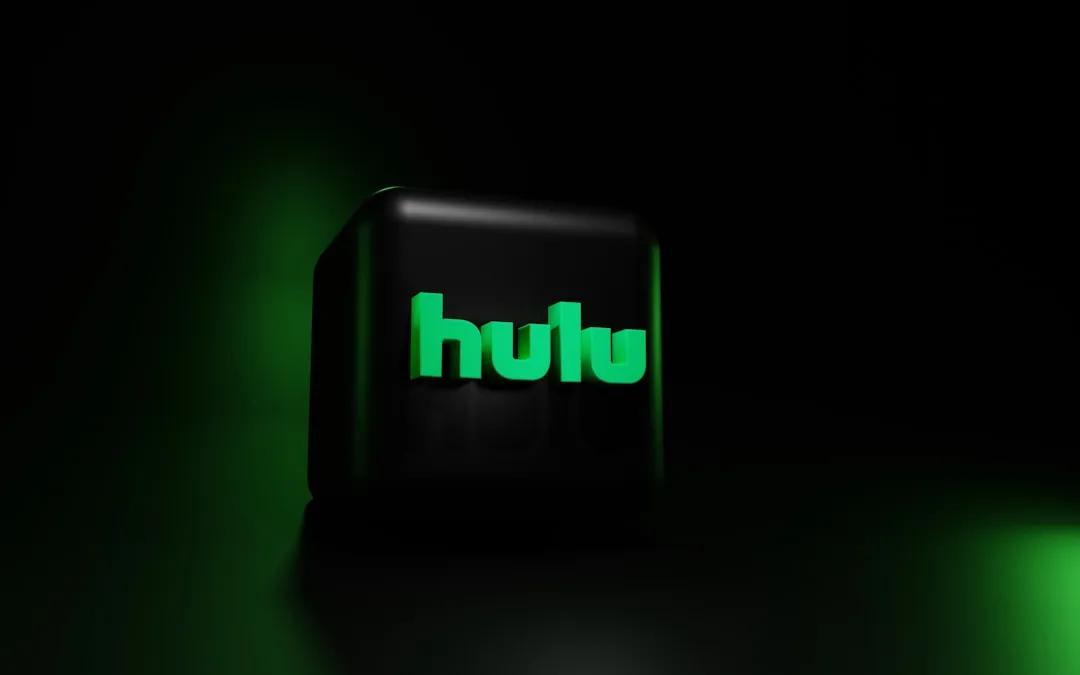

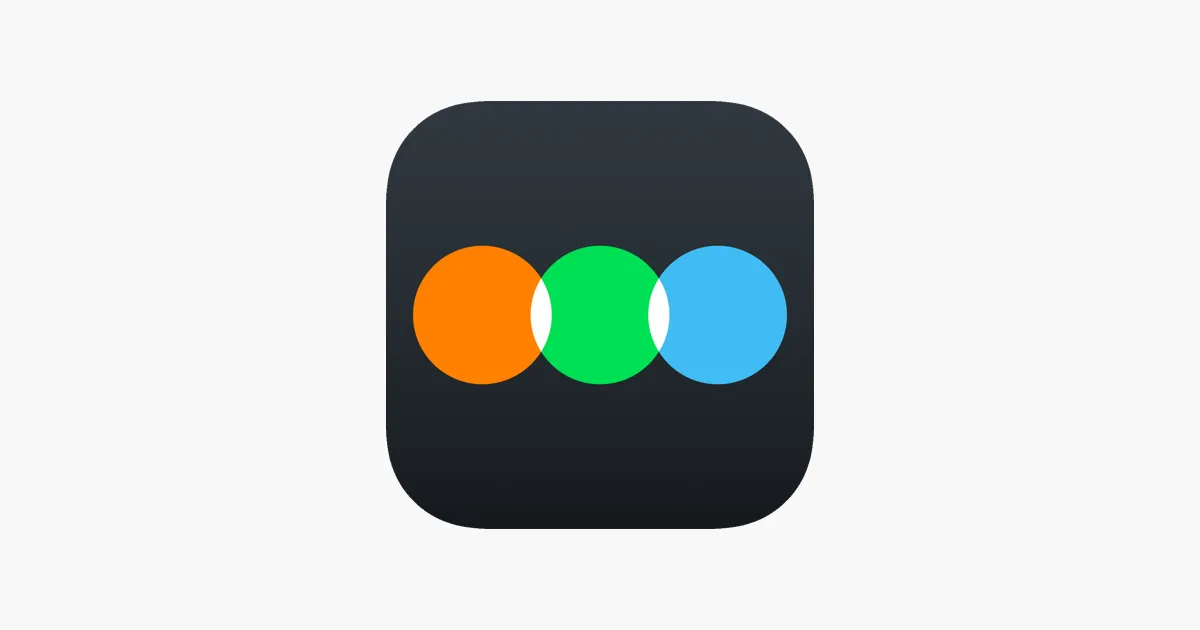
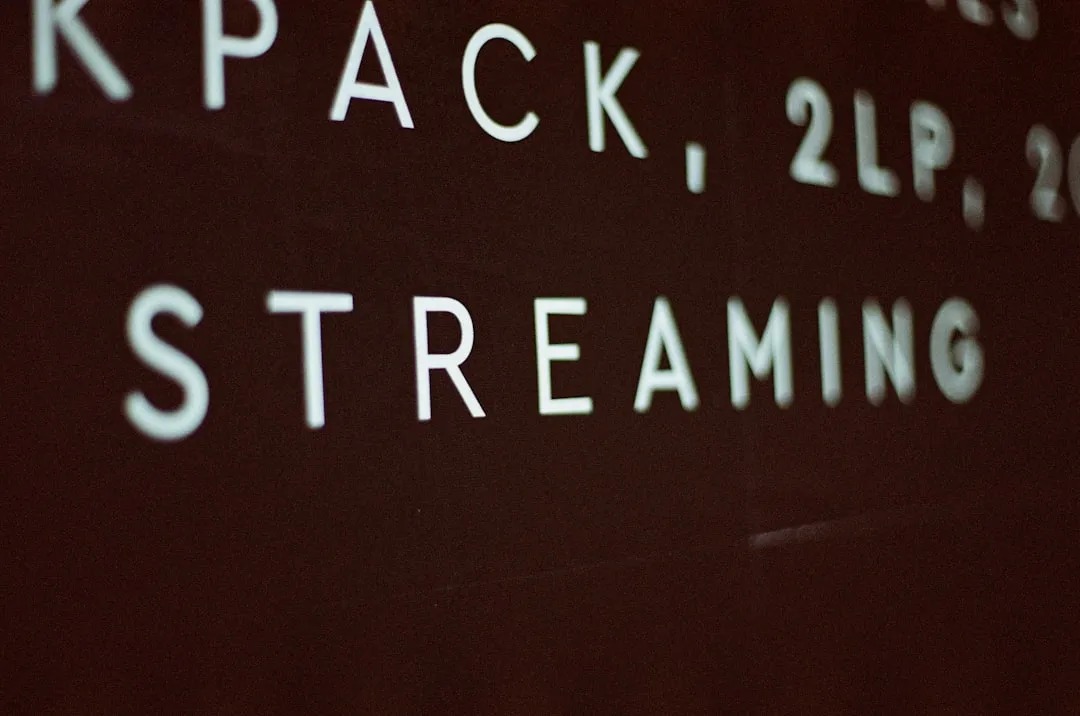
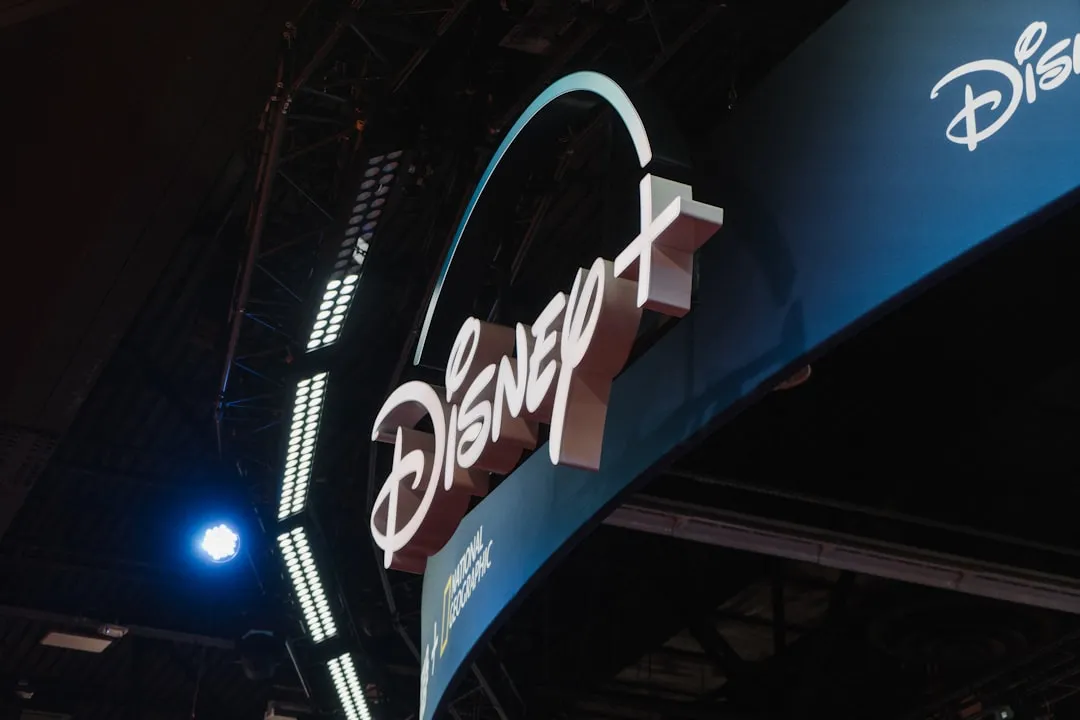
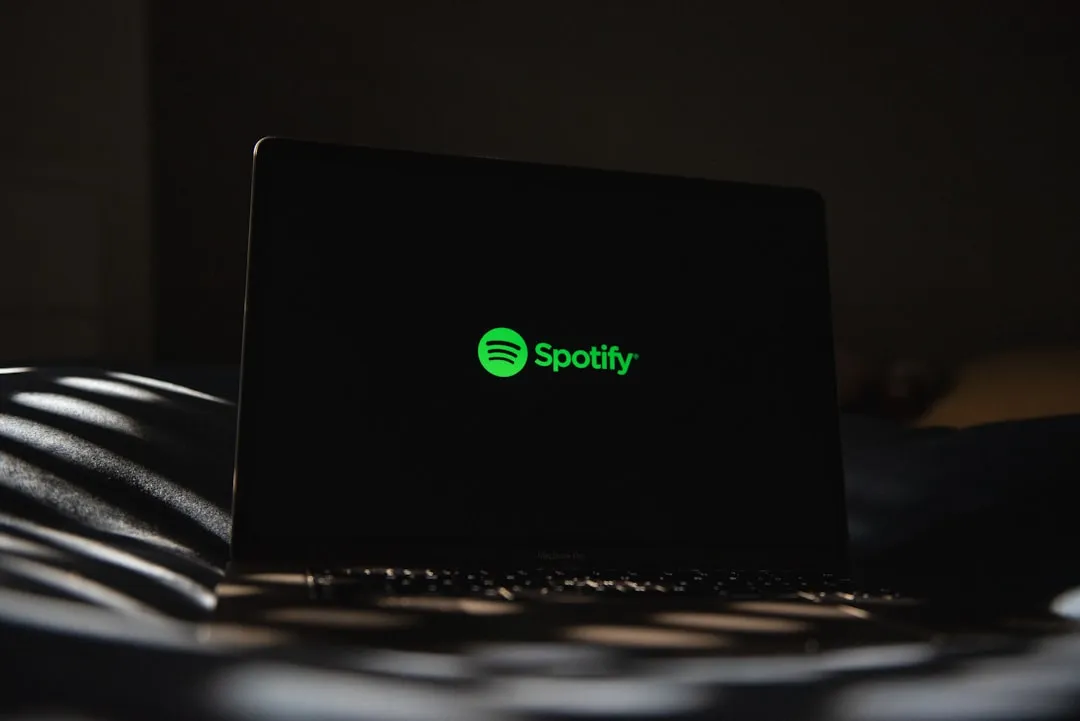


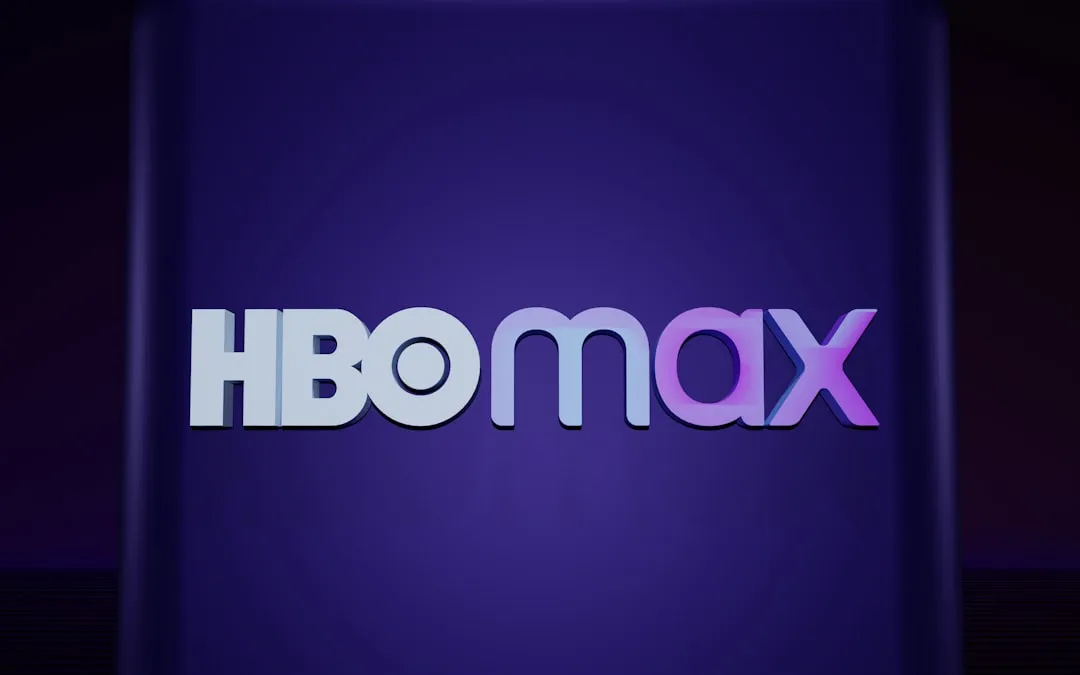
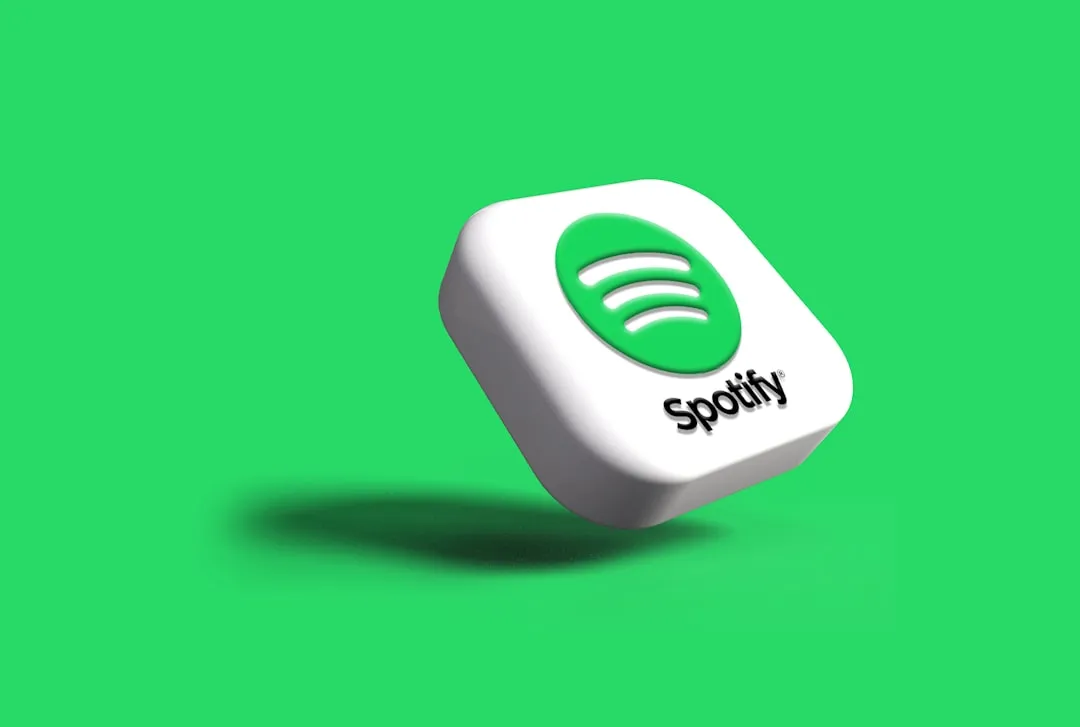
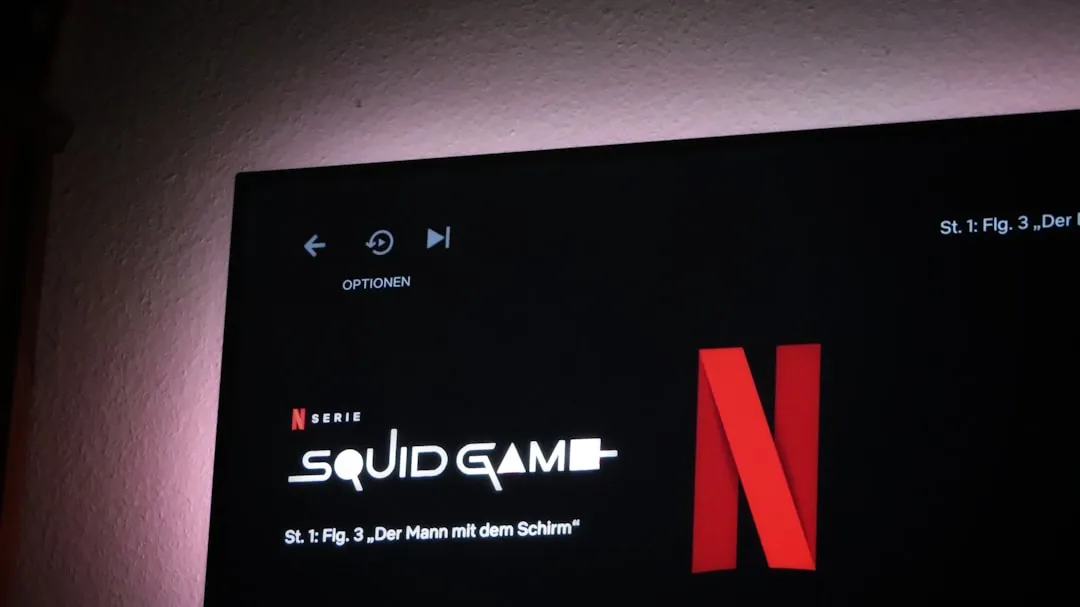
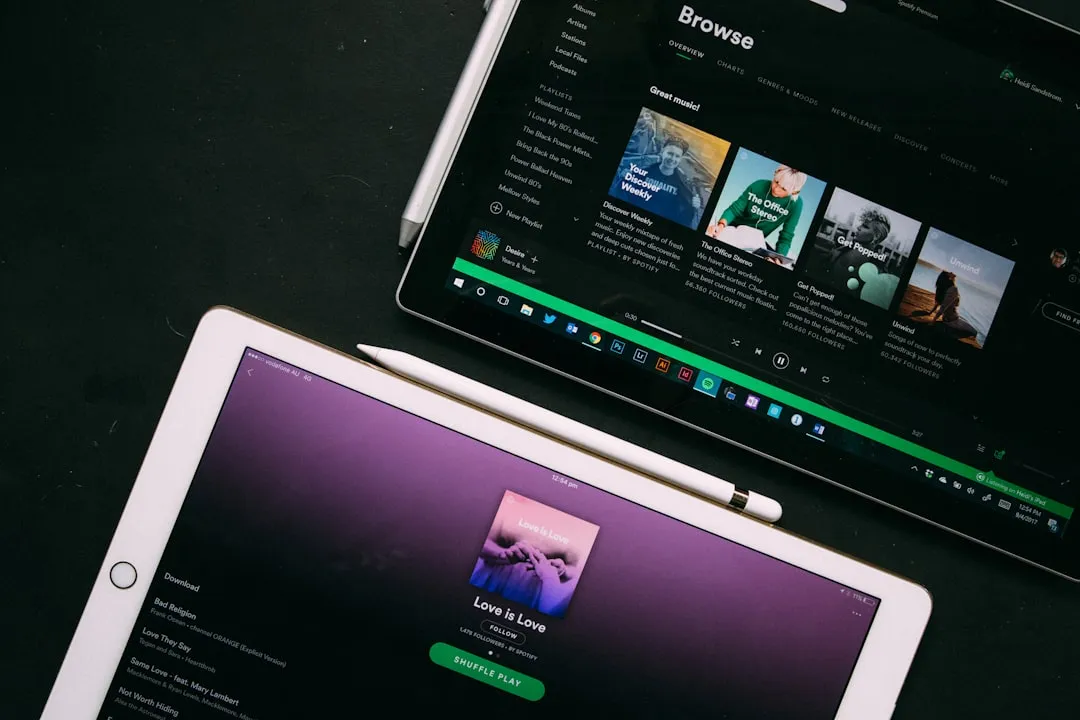

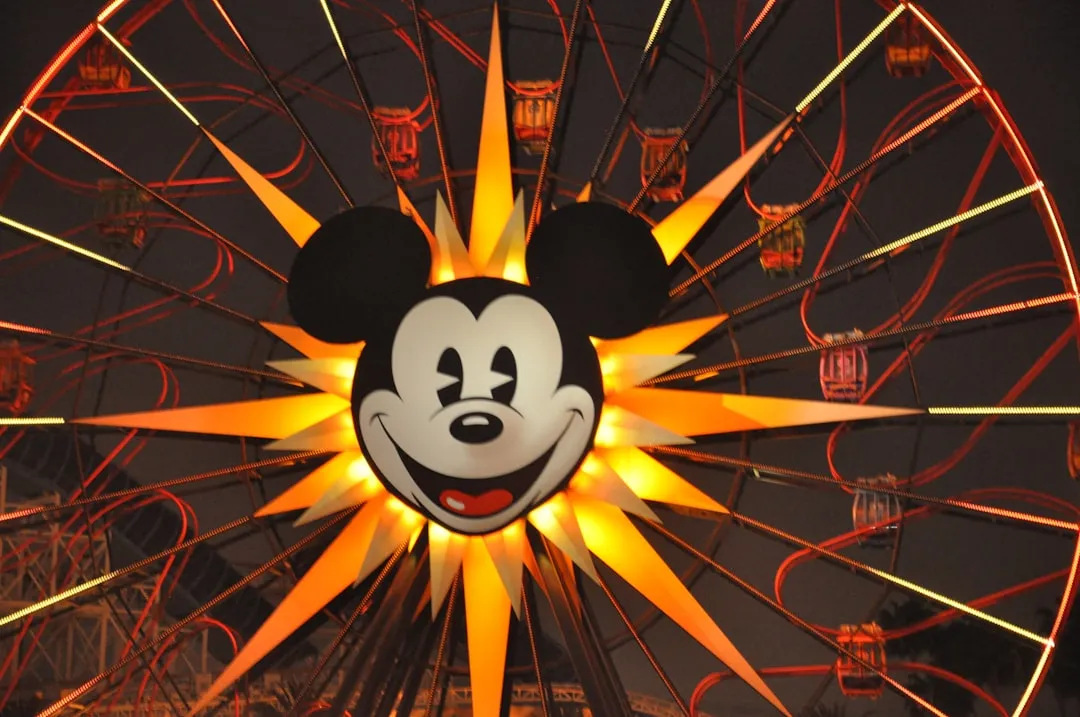
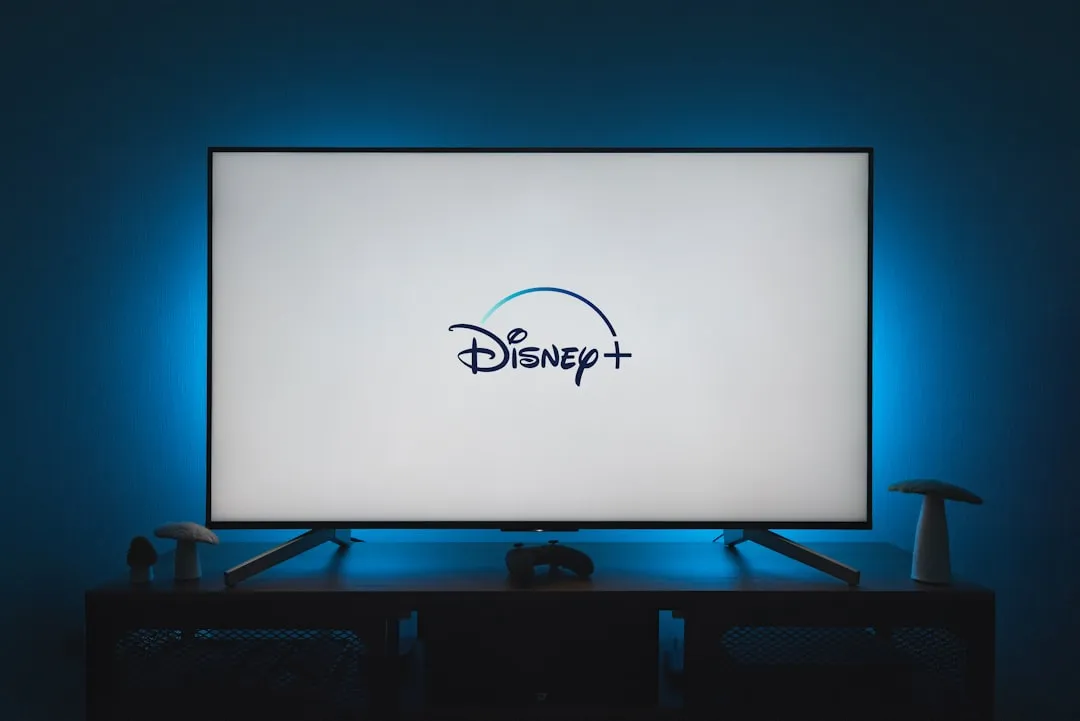


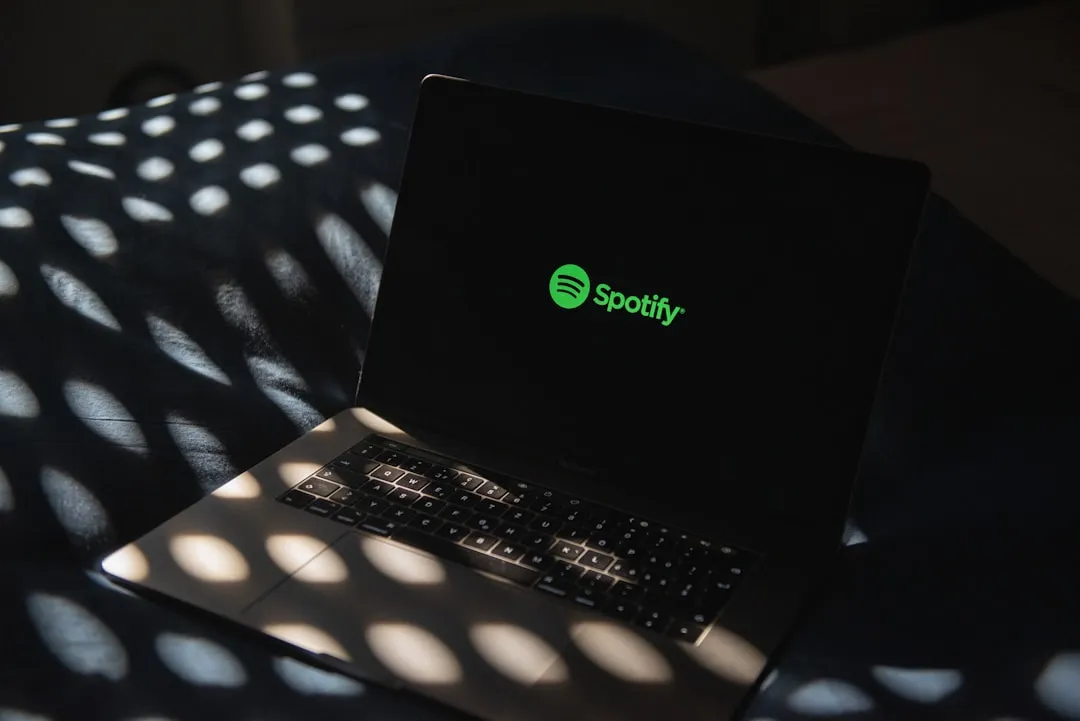

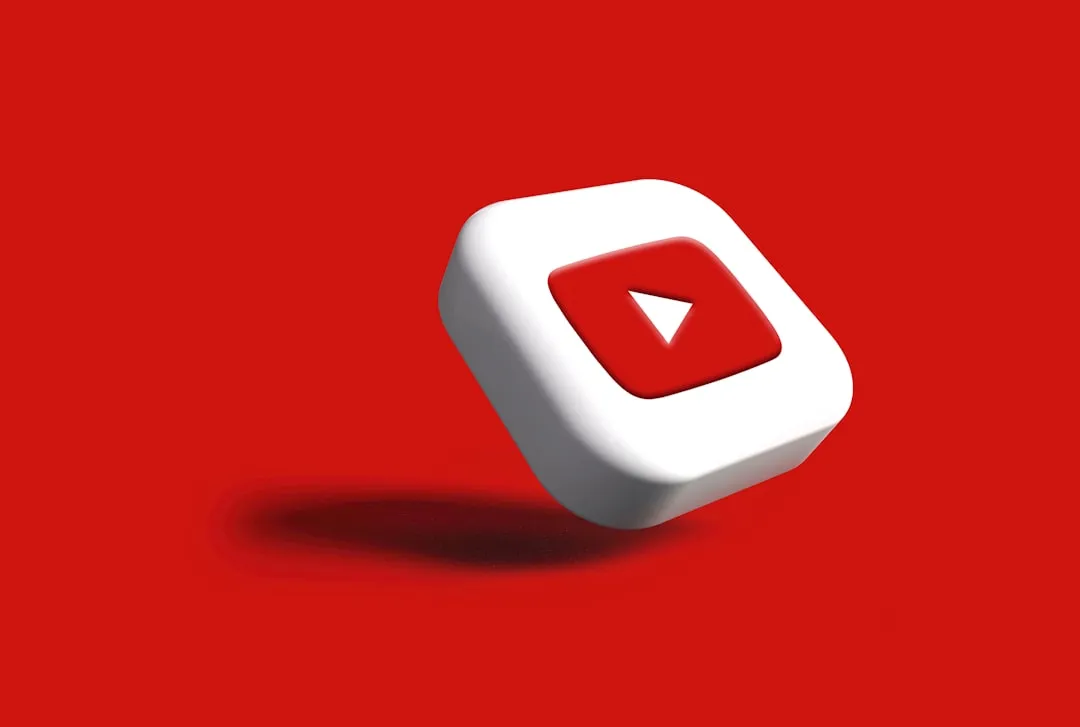
Comments
Be the first, drop a comment!